Animals exhibit a wide variety of locomotion methods, including swimming, walking, and flying. Among them, terrestrial animals that walk on four legs—known as quadrupeds—are the most familiar to us. But do you know what defines a quadruped? Can you name some quadruped animals? In this article, we explain what quadruped animals are and provide 18 examples to help you better understand this important group.
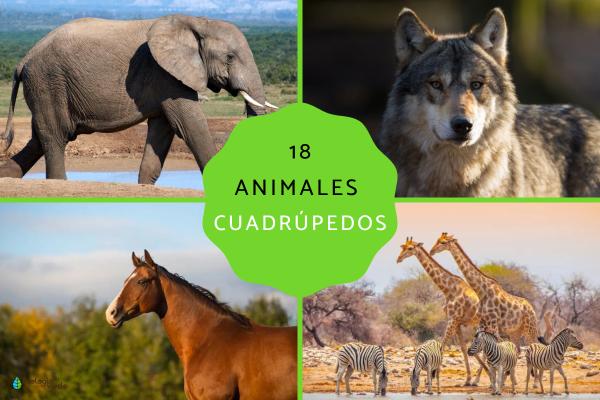
What Are Quadruped Animals?
Key Characteristics of Quadrupeds
African Elephant (Loxodonta africana)
Cheetah (Acinonyx jubatus)
Wolf (Canis lupus)
Domestic Cow (Bos taurus)
Triceratops (Triceratops spp.)
Horse (Equus ferus caballus)
Bactrian Camel (Camelus bactrianus)
Mountain Tapir (Tapirus pinchaque)
Wild Boar (Sus scrofa)
Giraffe (Giraffa camelopardalis)
Domestic Cat (Felis silvestris catus)
White Rhinoceros (Ceratotherium simum)
Additional Quadruped Animals List
Quadrupeds are animals that walk on all four limbs simultaneously. They belong mainly to the vertebrate phylum Chordata. It is important to note that not all animals with four limbs are quadrupeds—for example, humans have four limbs but walk bipedally. Quadrupeds specifically use all four limbs for movement and support.
Four limbs of similar size: two forelimbs and two hindlimbs.
Weight distributed evenly across the four limbs; at least one limb remains grounded during locomotion.
Body positioned parallel to the ground.
Well-developed limb musculature enabling coordinated movement.
Skeletal and pelvic structures adapted for quadrupedal posture.
The largest terrestrial quadruped, weighing up to 6 tons. Elephants have wedge-shaped fat pads in their feet to support their weight and can detect infrasonic sounds through their feet.
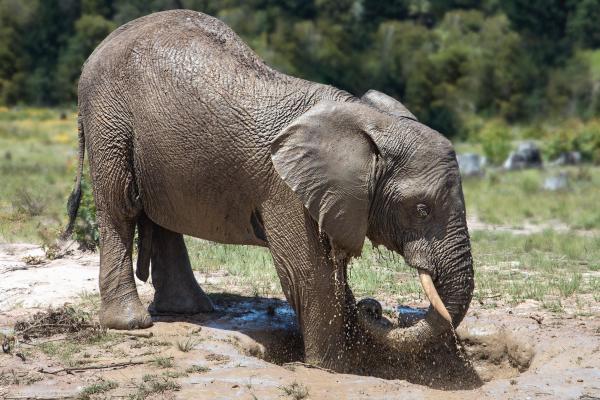
The fastest land quadruped, capable of accelerating to 60 mph (96 km/h) in just 3 seconds. Their streamlined bodies and muscular limbs enable short bursts of incredible speed.
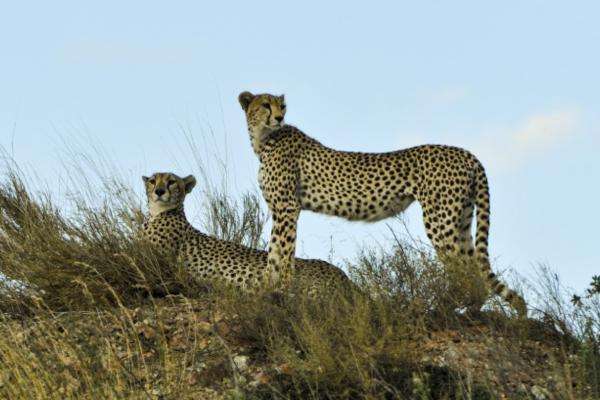
Ancestors of domestic dogs, wolves withstand temperatures from 20°C to -30°C thanks to a heat exchange system in their paws that prevents freezing.
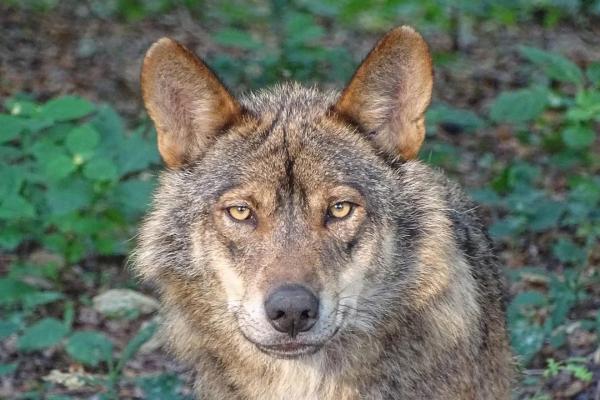
Heavy-bodied herbivores with cloven hooves (two toes) that support their entire weight. They are classic examples of even-toed ungulates.
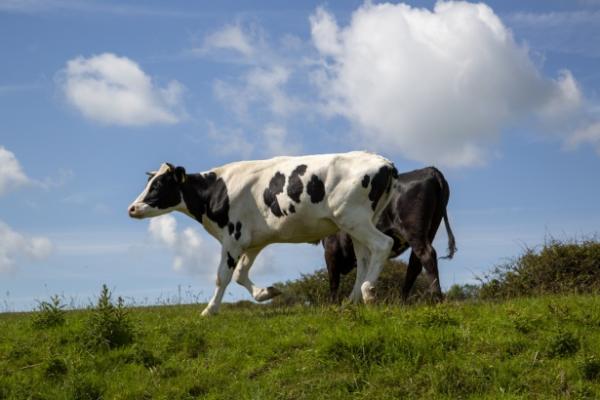
An extinct quadruped dinosaur species with sturdy limbs adapted to carry its massive 6-ton body.
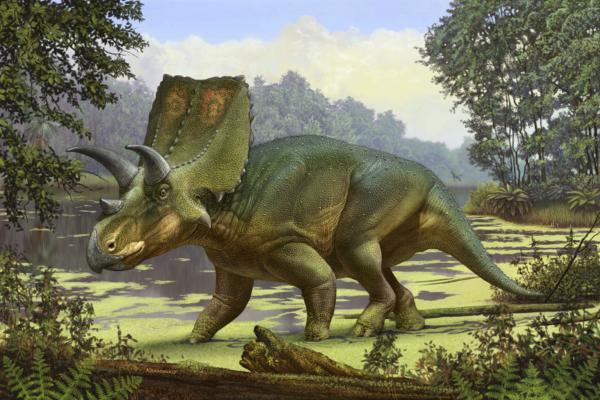
Specialized for running, horses have strong, hoofed limbs and circulatory adaptations that support sustained high activity.
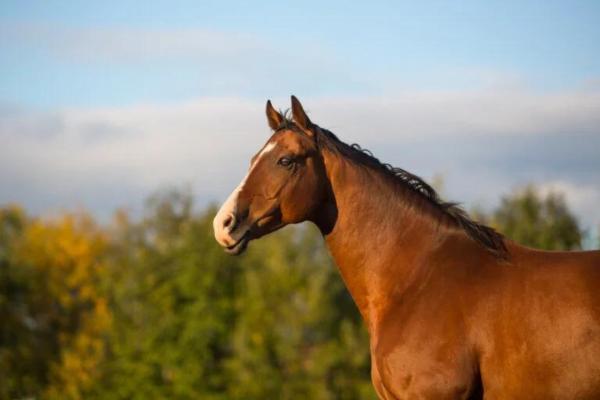
Known for long legs that help them travel up to 50 km across deserts. They rest by folding their limbs beneath their bodies.
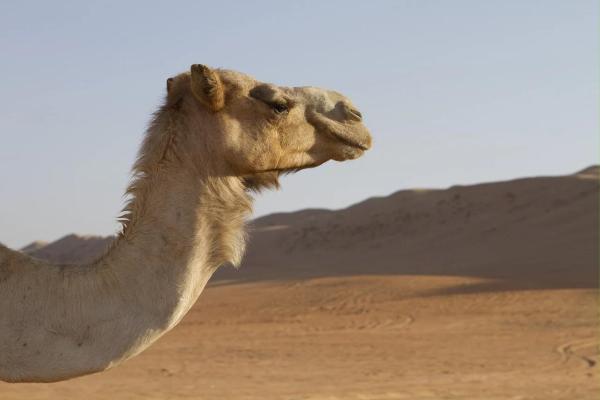
Weighing up to 180 kg, this odd-toed ungulate has four toes on front feet and three on rear feet, adapted for mountainous terrain.
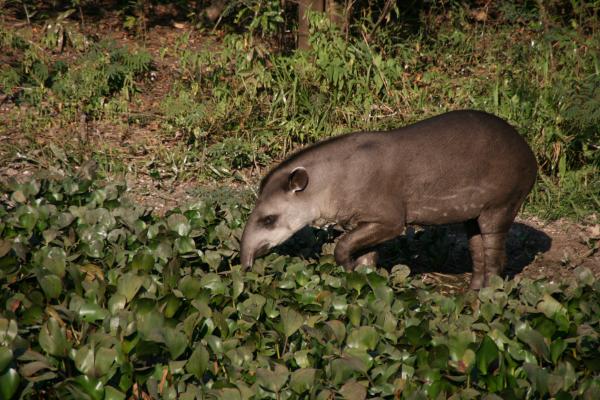
Robust quadrupeds with short legs, capable of quick trotting despite their stocky build.
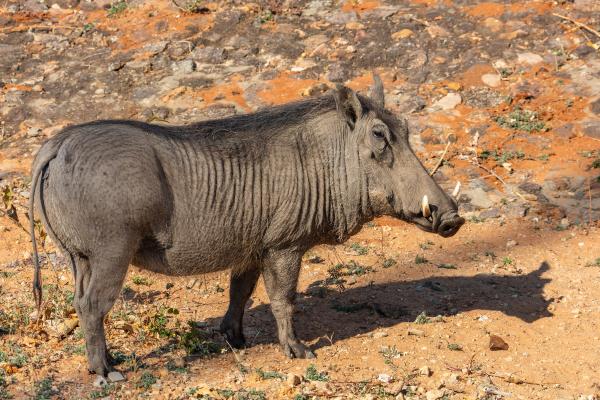
Tallest quadruped due to their extremely long legs and neck, enabling them to reach high foliage.
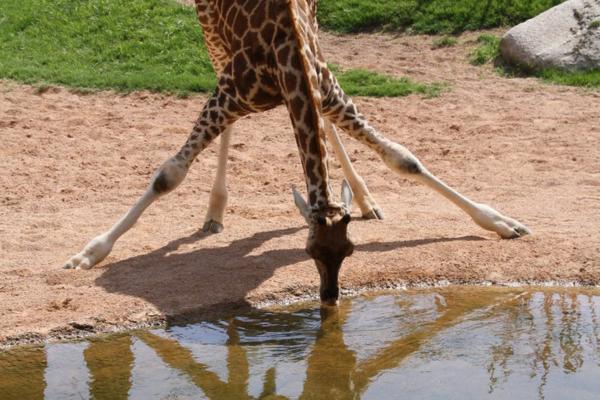
Agile quadrupeds adept at climbing, with a unique gait where hind paws land in the same spots as forepaws.

Massive quadrupeds weighing up to 4 tons, with strong, short limbs and a dominant middle toe for balance.
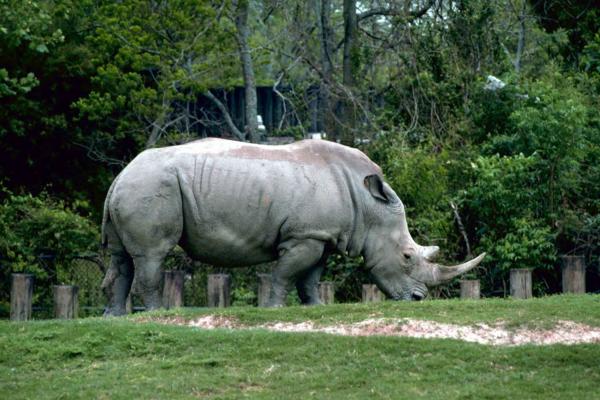
Lion (Panthera leo)
White-tailed Deer (Odocoileus virginianus)
Llama (Lama glama)
Hippopotamus (Hippopotamus amphibius)
Domestic Pig (Sus scrofa domesticus)
Impala (Aepyceros melampus)
For more fascinating information on quadruped animals, explore our Wild Animals category.
Bibliografía
Beatty, R., Beer, A., & Deeming, C. (2010). El libro de la naturaleza. Gran Bretaña: Dorling Kindersley.
Hammond, P. (2010). The Atlas of the World's Most Dangerous Animals: Mapping Nature's Born Killers. Marshall Cavendish.
animal tags: Quadruped Animals
We created this article in conjunction with AI technology, then made sure it was fact-checked and edited by a Animals Top editor.